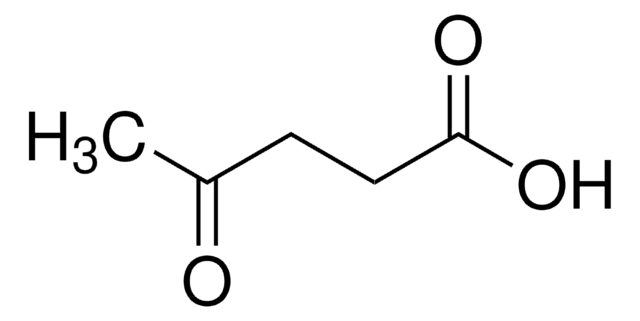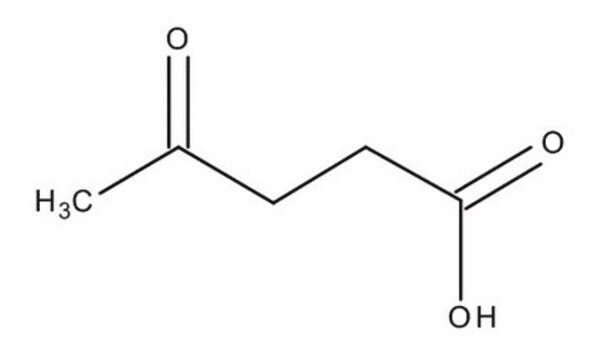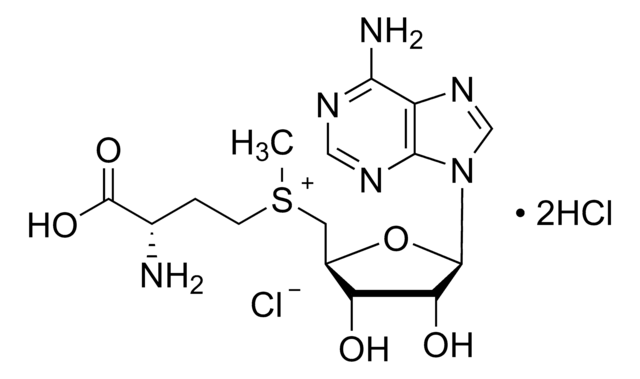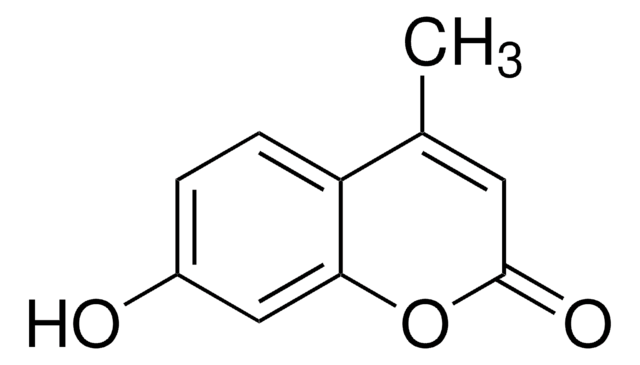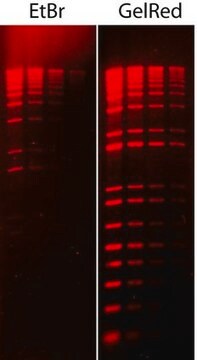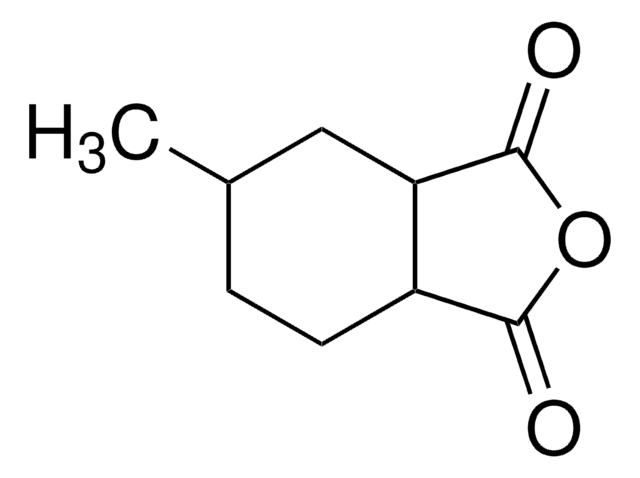About This Item
meets purity specifications of JECFA
推薦產品
等級
FG
Fragrance grade
Halal
Kosher
natural
agency
follows IFRA guidelines
meets purity specifications of JECFA
法律遵循
EU Regulation 1223/2009
EU Regulation 1334/2008 & 178/2002
蒸汽壓力
1 mmHg ( 102 °C)
化驗
99%
環保替代產品特色
Less Hazardous Chemical Syntheses
Use of Renewable Feedstocks
Learn more about the Principles of Green Chemistry.
sustainability
Greener Alternative Product
折射率
n20/D 1.442
bp
245-246 °C (lit.)
mp
30-33 °C (lit.)
密度
1.134 g/mL at 25 °C (lit.)
應用
flavors and fragrances
文件
see Safety & Documentation for available documents
食物過敏原
no known allergens
香料過敏原
no known allergens
環保替代類別
, , Aligned
感官的
caramel; creamy; acidic; sweet; vanilla
SMILES 字串
CC(=O)CCC(O)=O
InChI
1S/C5H8O3/c1-4(6)2-3-5(7)8/h2-3H2,1H3,(H,7,8)
InChI 密鑰
JOOXCMJARBKPKM-UHFFFAOYSA-N
尋找類似的產品? 前往 產品比較指南
一般說明
應用
- Use of carboxymethyl cellulose as binder for the production of water-soluble catalysts.: Levulinic acid is used in conjunction with carboxymethyl cellulose to produce water-soluble catalysts. This application demonstrates the acid′s versatility in catalyst synthesis, enhancing the solubility and functionality of the resulting products (Paganelli et al., 2024).
- Nanocavity in hollow sandwiched catalysts as substrate regulator for boosting hydrodeoxygenation of biomass-derived carbonyl compounds.: This research explores the use of levulinic acid in biomass conversion processes. The study highlights the acid′s role in enhancing hydrodeoxygenation reactions, contributing to more efficient biofuel production (Zheng et al., 2024).
- Mechanism of CO(2) in promoting the hydrogenation of levulinic acid to γ-valerolactone catalyzed by RuCl(3) in aqueous solution.: This paper investigates the catalytic hydrogenation of levulinic acid to γ-valerolactone. The findings provide insights into the role of CO2 in enhancing reaction efficiency, offering valuable information for industrial applications (Min et al., 2024).
- Integrated biorefinery approach for utilization of wood waste into levulinic acid and 2-Phenylethanol production under mild treatment conditions.: This study presents a biorefinery approach to convert wood waste into valuable chemicals, including levulinic acid. The process demonstrates the potential for sustainable production of levulinic acid and its derivatives from renewable resources (Pachapur et al., 2024).
訊號詞
Danger
危險聲明
危險分類
Acute Tox. 4 Oral - Eye Dam. 1 - Skin Sens. 1
儲存類別代碼
13 - Non Combustible Solids
水污染物質分類(WGK)
WGK 2
閃點(°F)
208.4 °F - closed cup
閃點(°C)
98 °C - closed cup
客戶也查看了
我們的科學家團隊在所有研究領域都有豐富的經驗,包括生命科學、材料科學、化學合成、色譜、分析等.
聯絡技術服務